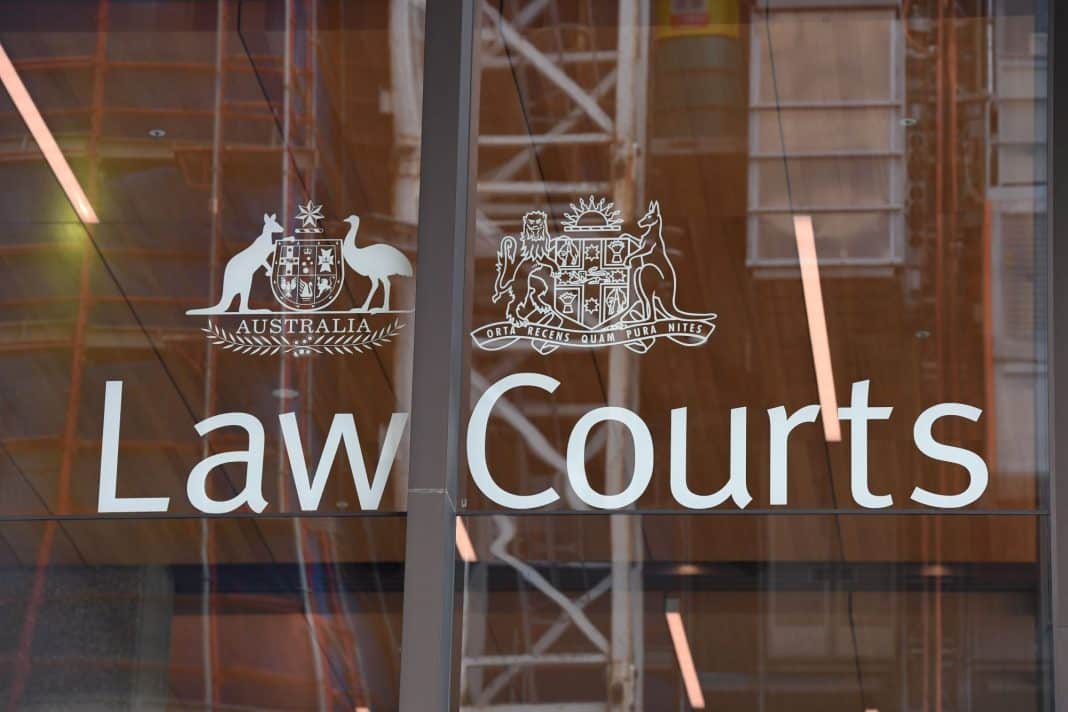Indigenous people affected by firefighting chemical contamination on traditional cultural lands have had a court win through a $22 million class action settlement with the federal government.
The settlement, which was revealed in a Federal Court hearing on Thursday, will result in $17 million minus administration costs and further legal costs going to those impacted as firefighting foam containing toxic PFAS leaked into sacred waterways.
The class action was brought by the Wreck Bay Aboriginal Community Council and represented those living near the HMAS Creswell and the Jervis Bay Range Facility bases and those using the land for traditional or cultural purposes.
With the local Indigenous community living in the area for tens of thousands of years, about 1000 Wreck Bay residents or land users are expected to be eligible for the settlement.
A maximum of $5 million is proposed to be given to Shine Lawyers for their costs of running the case.
The lawsuit was brought solely seeking damages over decreased use of the land, and does not also include compensation for personal injuries from use of PFAS which is known to be a hazardous substance.
Outside the Federal Court, Shine’s joint head of class actions Craig Allsopp called the settlement “unprecedented” and “groundbreaking”.
However, the victory was also “bittersweet” because the Indigenous people of Wreck Bay were still dealing with irreparable damage to their land.
“They’ve lost their connection to the country by reason of the contamination and monetary compensation will never be adequate to repair that kind of loss,” he told reporters.
“I think people will be of the feeling that this will impact their culture and their connection to land for generations to come.
“But it is some recognition and in some ways a fairly unprecedented outcome for an Indigenous community in Australia.”
Thursday’s result came weeks after a $132.7 million settlement with the Commonwealth over contaminated land near seven other RAAF bases.
The outcome took longer because of the unique issues and “sensitivities” regarding cultural loss, Mr Allsopp said.
“It reflects the difficulty we still have in bringing any type of Indigenous claim.”
The solicitor said he hoped the outcome would lead to further recognition of Indigenous issues in Australia’s court system.
The government has not admitted liability despite agreeing to resolve the case.
In 2020, the first set of PFAS class actions regarding landholders at three defence bases in Katherine (Northern Territory), Oakey (Queensland) and Williamtown (NSW) was settled for $212.5 million.
Australia began phasing out certain types of PFAS-containing firefighting foams in 2004 but their use has left a costly legacy of contamination at defence bases and airports.
PFAS are sometimes referred to as “forever chemicals” because they don’t easily break down and can accumulate toxins in plants and animals.
Mr Allsopp revealed Shine was considering further court cases on behalf of those who experienced medical issues through PFAS exposure.
“I believe in the years ahead, the real fight will be in relation to the personal injury claims,” he said.
Justice Michael Lee will consider approving the Wreck Bay settlement at a Federal Court hearing on June 19.
The judge will also hold a separate hearing on August 25 for the approval of the $132.7 million PFAS settlement.
With Miklos Bolza in Sydney



